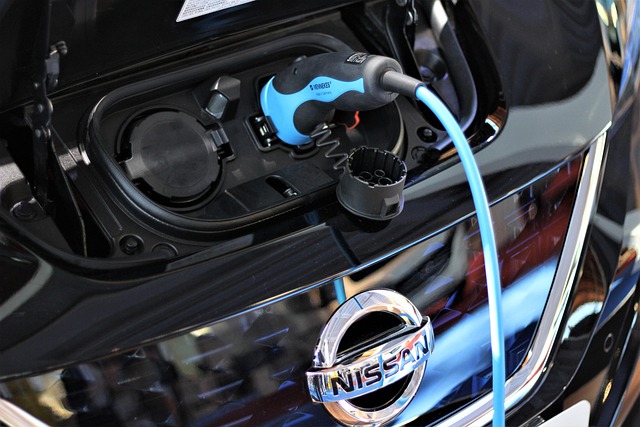Rural communities possess a unique charm, often embodying close-knit relationships and connection to the natural world. Yet, they frequently face significant hurdles, particularly concerning mobility. Limited public transport options, reliance on personal vehicles for long distances, and the rising cost and environmental impact of traditional fuels can create barriers to accessing jobs, education, healthcare, and social activities. This reality highlights a critical need for innovative solutions that not only provide connectivity but also champion the long-term health of the environment these communities cherish.
The Promise of Zero Emissions on Country Roads
Imagine a future where reaching the nearest town doesn’t mean contributing to air pollution, or where local deliveries happen silently and cleanly. This vision is becoming attainable through the strategic integration of zero-emission transportation projects. These aren’t just about swapping a petrol car for an electric one; they represent a holistic approach to rethinking how people and goods move in rural settings. From electric vans for community shared transport programs to e-bikes for local errands and reliable electric vehicle charging infrastructure, these initiatives are foundational to achieving true transport sustainability.
Driving Sustainable Rural Development
Integrating sustainable transport is a powerful engine for rural development. By reducing reliance on fossil fuels, zero-emission transportation projects lower operating costs for individuals and businesses, freeing up resources within the community. Improved access through clean mobility options can unlock economic opportunities, connect residents to wider job markets, and support local commerce by making it easier for customers and suppliers to reach rural businesses. Furthermore, reducing tailpipe emissions directly improves local air quality, contributing to a healthier environment for residents and preserving the natural beauty that is often central to the rural identity. This convergence of environmental care and economic vitality is at the heart of sustainable rural development.
Making Integration a Reality
Successful integration of zero-emission transport requires tailored solutions that fit the specific needs and geography of each rural area. It involves more than just infrastructure; it’s about community engagement, planning, and creating accessible systems. Projects might include developing on-demand electric shuttle services, establishing charging hubs at key community locations (like libraries, post offices, or village halls), supporting local businesses in transitioning their fleets to electric, or creating safe pathways and incentives for e-bike use. It’s about weaving these clean mobility options seamlessly into the fabric of daily rural life, ensuring they are convenient, affordable, and reliable. By proactively implementing these zero-emission transportation projects, rural areas can lead the way in building a more connected, prosperous, and sustainable future for everyone.

